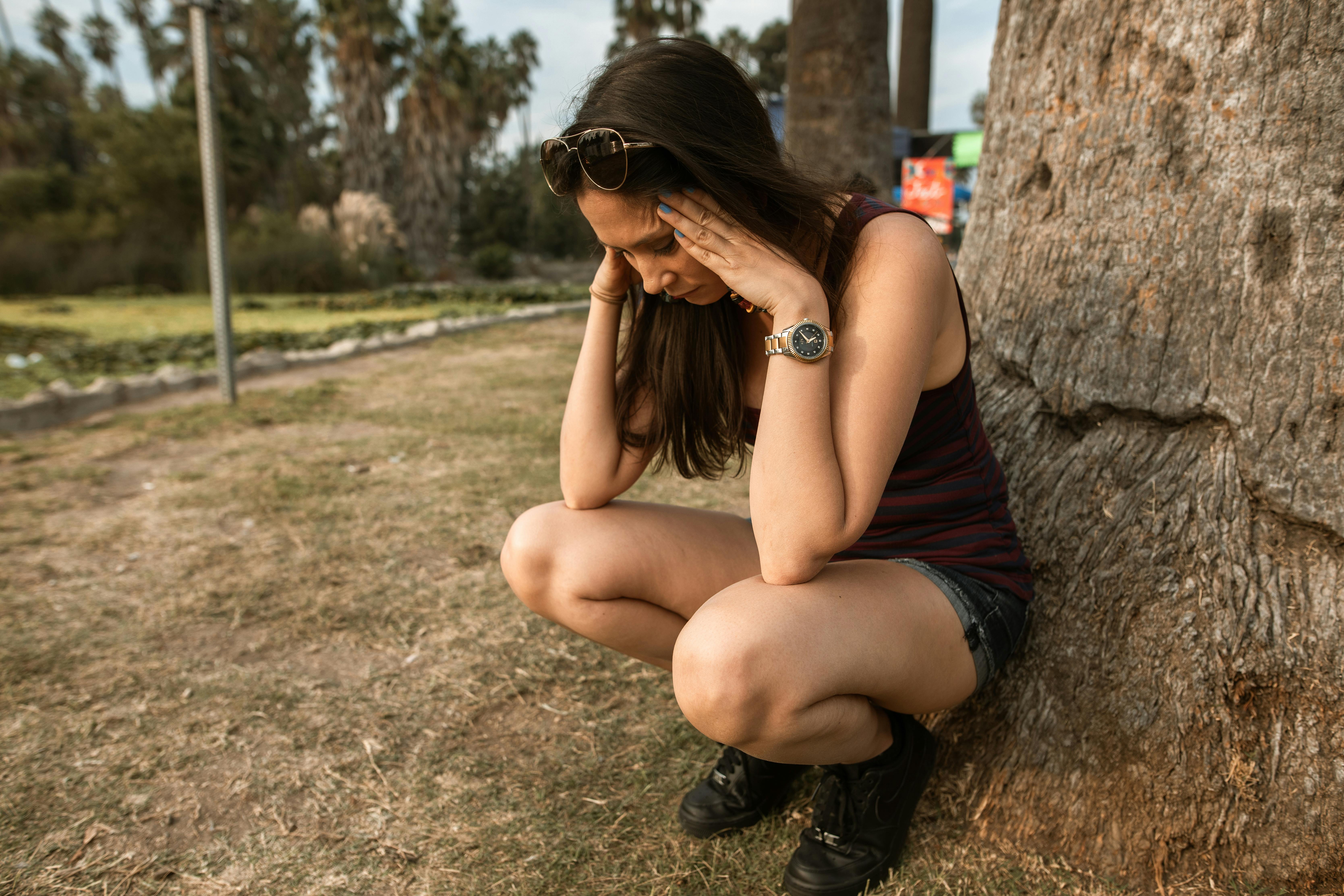Table of Contents
- Understanding Childhood Trauma
- The Impact of Trauma on Development
- Resilience: The Science of Recovery
- Pathways to Healing
- The Role of Policy and Prevention
- Moving Forward: A Hopeful Outlook
- References
Understanding Childhood Trauma
Let’s break this down a bit: Childhood trauma can mean a lot of things. Before you hit 18, various distressing events might happen. Ever heard of Adverse Childhood Experiences (ACEs)? That’s what the folks at the CDC call experiences like physical, emotional, or sexual abuse. They even include stuff like parental substance abuse or living in a household that’s pretty chaotic.
A landmark study by Felitti and his crew in 1998 shared some staggering insights. Turns out, nearly 64% of folks surveyed had at least one ACE in their repertoire, and over 20% had dealt with three or more—yikes! These aren’t just numbers; they translate into real challenges like chronic health conditions, psychiatric twists, and barriers in education and work life.
The Impact of Trauma on Development
Biological Implications: Let’s talk biology. Childhood trauma can mess with your brain’s wiring. There was this research from the American Journal of Psychiatry (Hanson et al., 2015) that highlighted how children who faced maltreatment ended up with smaller brain volumes in areas essential for emotional balance and thinking—like the prefrontal cortex. Heavy stuff, right?
Psychological Consequences: And psychologically, those experiences—that sense of being trapped in an endless loop of anxiety and depression—can lead to PTSD. McLaughlin and her team (2014) sounded the alarm on mood disorders too. Apparently, kids exposed to trauma are nearly twice as likely to face PTSD later.
Behavioral Manifestations: Behaviorally, these kids might act out, pulling stunts that look risky to the rest of us. The National Child Traumatic Stress Network says they might fall into substance abuse or earn the “difficult” label because of their reactions to perceived threats. I mean, who among us deals well with stress?
Resilience: The Science of Recovery
But here’s a beacon of hope—resilience. It’s not something you’re born with, like freckles. It’s more like a muscle; you can strengthen it.
- The Role of Support Systems: According to the brainiacs over at the Harvard Center on the Developing Child, having even one stable caregiver can make all the difference—think of it as building a fortress of stability that fends off the tidal waves of trauma’s negativity.
- Cognitive Skills and Positive Thinking: Ever tried cognitive-behavioral strategies? They teach you to reframe those nasty negative thoughts and arm you with problem-solving skills. Programs like TF-CBT show incredible promise in boosting resilience by offering coping mechanisms that really work.
- Community and Cultural Connections: And don’t underestimate the power of community. Being part of something bigger—a cultural or community practice—really reinforces identity. The American Journal of Community Psychology (Masten et al., 2020) highlights this as crucial for building resilience, especially for those in minority populations. A community can be a life raft when the seas get rough.
Pathways to Healing
- Therapeutic Interventions: Professional therapy? Yes, please. Techniques like EMDR have shown promise in reducing trauma symptoms, helping process those distressing memories.
- Mindfulness and Physical Activity: Mindfulness meditation, yoga—these are hot topics in the wellness community. A 2021 study in the Journal of Clinical Psychology (Goldberg et al.) found mindfulness fosters resilience by enhancing self-awareness. Seriously, taking a deep breath might be more powerful than you’d think.
- Empowerment Through Education: Education opens doors. Learning about trauma and its effects can empower individuals to own their healing journeys. Ever hear about trauma-informed education? It’s about crafting nurturing environments that support survivors in meaningful ways.
The Role of Policy and Prevention
When it comes to tackling childhood trauma, systemic change is essential. Policies shouldn’t just bandage the wounds but should also stop them from happening in the first place. The CDC suggests strategies like bolstering economic support systems and promoting non-violent social norms. Quality care access? It’s a must.
Moving Forward: A Hopeful Outlook
No sugar-coating it, childhood trauma is tough. But resilience? That’s a journey toward healing. By weaving supportive relationships, opening doors to therapy, and engaging with communities, individuals can beat the odds. Acknowledging past scars while stepping into the light of tomorrow—it’s a path lined with potential.
True, the marks left by childhood trauma run deep, but the human spirit—ah, that indomitable soul—has a remarkable ability to bounce back. Ready to explore this path for yourself or someone you care about? Discover more about resilience and mental well-being. Check out the personal support available at Hapday.
References
- Felitti, V. J., Anda, R. F., Nordenberg, D., et al. (1998). Relationship of childhood abuse and household dysfunction to many of the leading causes of death in adults. American Journal of Preventive Medicine, 14(4), 245-258.
- Hanson, J. L., Nacewicz, B. M., Sutterer, M. J., et al. (2015). Behavioral problems after early life stress: contributions of the hippocampus and amygdala. Biological Psychiatry, 77(4), 314-323.
- McLaughlin, K. A., Greif Green, J., Alegría, M., et al. (2014). Traumatic events and mental health in childhood and adolescence: a consideration of differential risk. Journal of Child Psychology and Psychiatry, 55(4), 362-370.
- Masten, A. S., Narayan, A. J., Silverman, W. K., & Layne, C. M. (2020). Resilience in children and adolescents in the aftermath of disaster and trauma. American Journal of Community Psychology, 64(1-2), 141-152.
- Goldberg, S. B., Tucker, R. P., Greene, P. A., et al. (2021). Mindfulness-based interventions for the treatment of post-traumatic stress disorder: a meta-analysis. Journal of Clinical Psychology, 77(3), 533-551.

